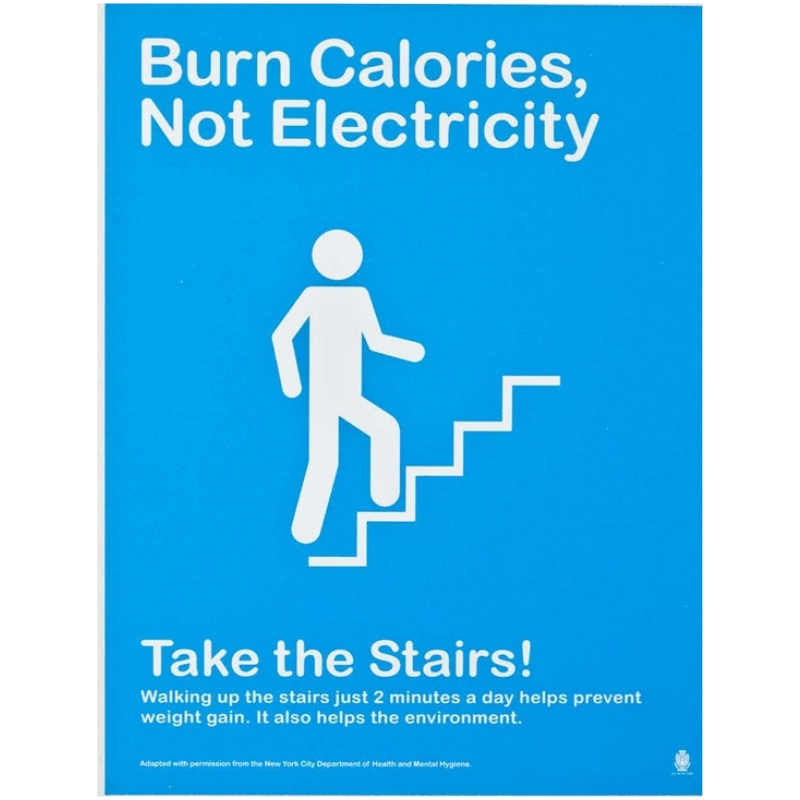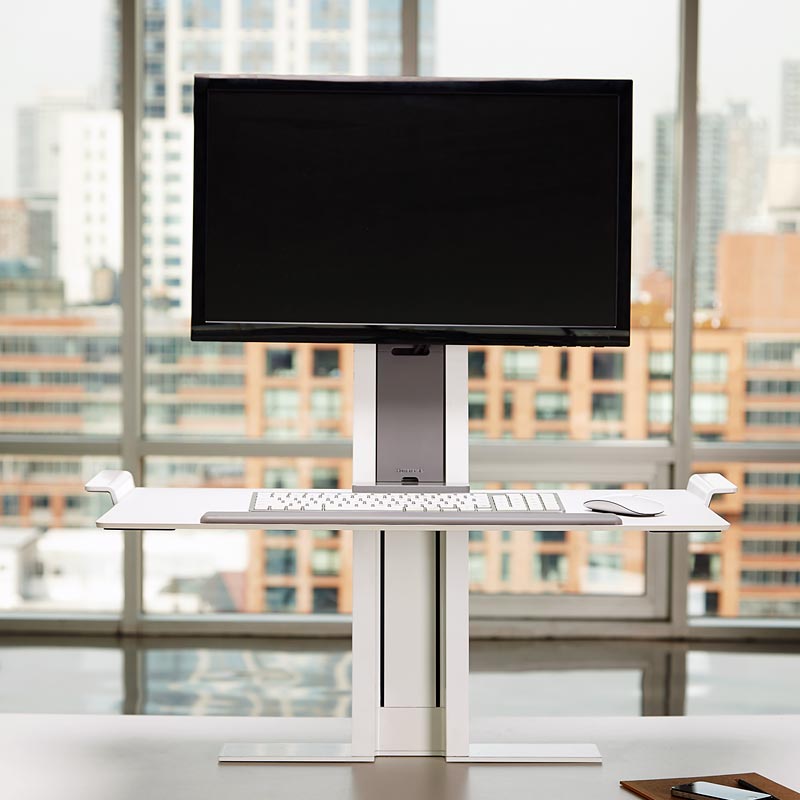Sitting vs Standing: an 'active design' perspective
Active design & ‘the sitting problem’
A ‘nature knows best’ health philosophy gives a clear set of guidelines when addressing lifestyle issues such as whether sitting is truly the new smoking, as the media have dubbed it.
Here we combine evolution-based thinking with active design principles to explore the topic of 21st century sedentary living.
How did we get here?
In the last half-century, the nature of work has fundamentally shifted. No longer are the majority of people toiling in fields, or doing manual labour in factories, the new normal is to be in an office all day, at a desk, in front of a screen, with or without a natural light source nearby.
From a meta history perspective, this is a long way from an evolutionary correct norm that our bodies were built for. ‘Active design’ is a way to incorporate activity prompts and hacks into the built environment as a way to combat the risk of endless hours of sitting.
Less physical activity at work
Physical activity, once so intimately connected with our daily lives going all the way back to hunter gatherer times, is no longer a fundamental part of work for many of us, let alone home life.
One recent study shows that this equates to a reduction in calorie consumption of around 100 calories / day in the US and can therefore be linked to a ‘significant portion’ of the increase in mean body mass across the US population in the past 50 years. In other words, the US population is getting more obese because it spends less time moving.
Physical inactivity in the home
The dominance of televisions and computers during free time in the home is another contributing factor to the total amount of time the average person spends sitting down, not expending any energy each day.
Overall this equates to a massive problem of physical inactivity in both junior and adult populations in the western world and that, put simply, is bad news for obesity levels, diabetes and heart disease.
Lower back pain in office workers
Prolonger periods of sitting have a direct impact on hip mobility while also being a major cause of lower back pain. Even sitting for shorter stretches of time is an improvement, which is where ‘active design’ tactics that encourage small movement snacks during the day can provide a solution.
Lifestyle exercise at work
Lifestyle exercise encourages office workers to integrate short periods of low to moderate activity into their day, the idea being to cumulatively piece together a meaningful amount of movement through a combination of trips to the water cooler, up and down stairs, for a walk around the block, and so on over the course of the day. Think of the often quoted “10,000 steps” concept.
Sit-stand desks in healthy offices
Products such as the Human Scale desk converter shown above help encourage a combination of sitting and standing at work, giving the desk owner the option to adjust desk height at will throughout the day.
Most people will find the afternoons tiring after a full morning on their feet, so a mobility ball under the desk can help, as can the option to move elsewhere in the office to change position for a while. It is all about mixing things up according to the type of work taking place.
A Cochrane review of existing research showed that the main benefit of investing in one of these desks, or an extension for an existing desk, is to reduce the total amount of time an office worker spends sitting down during their work day as well as to reduce the number of sitting bouts over 30 minutes in duration.
Our own anecdotal evidence of using them for the past six years or so is that they make a massive difference for lower back pain sufferers, quite literally removing the issue from the equation for as long as one can stay off the chair. Mix that with a program of core strength and mobility exercises and it is a winning formula. We’ve tried it, changed our habits and will never go back!
Signage prompts in office design
Simple signage prompts are a seemingly obvious yet remarkably effective way of encouraging office workers to stay active, use the stairs and say no to the elevator, assuming a reasonable number of floors are required..!
If you would like to know more about how we can help you design a healthier, more active office, contact us via email on design @biofilico.com

